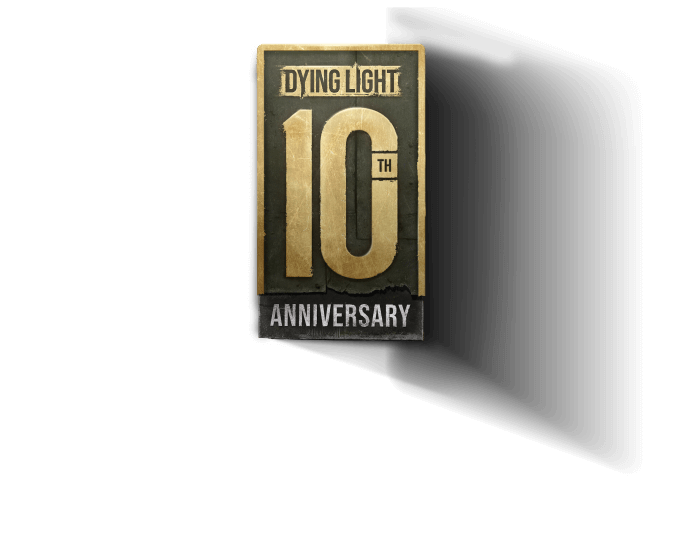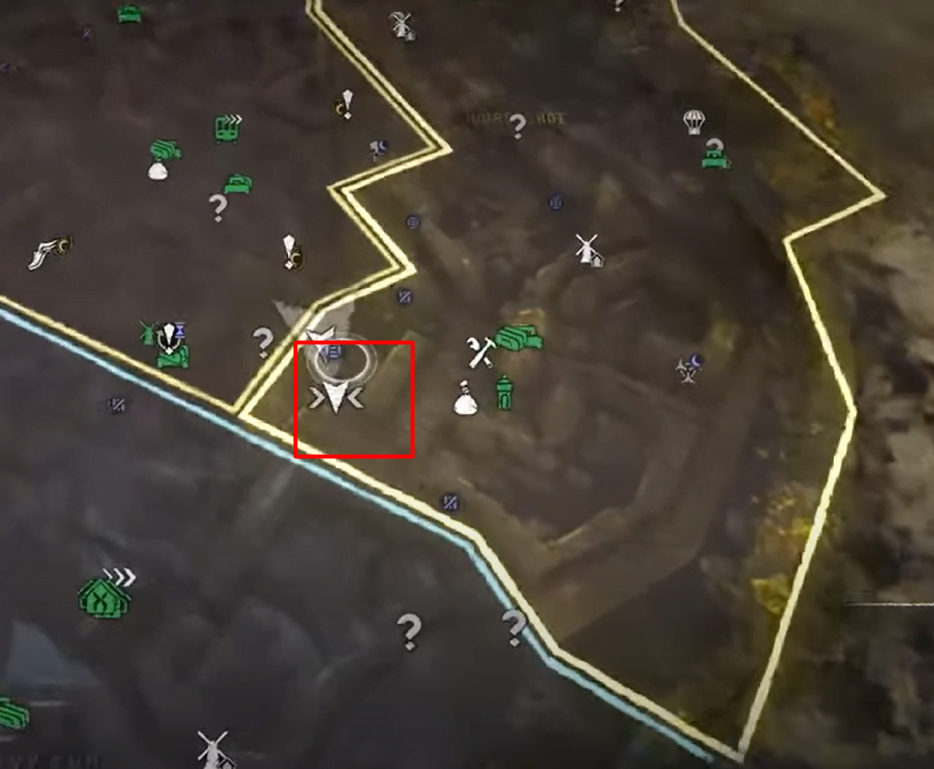Imagine a world where life as we know it is on the brink of collapse. It’s not just a dystopian sci-fi movie; it’s happening right now, folks. The term "big dying" has been making waves across scientific communities, media outlets, and even dinner table conversations. This isn’t just about a few species going extinct—it’s about entire ecosystems crumbling, and the ripple effects could be catastrophic for humanity. So, buckle up because we’re diving deep into this phenomenon that’s reshaping our planet.
Now, you might be wondering, "What exactly is the big dying?" Well, it’s not just one event; it’s a series of mass extinctions and environmental upheavals that are occurring at an alarming rate. Scientists have identified five major extinction events in Earth’s history, but what makes the current "big dying" different is the speed and scale at which it’s happening—and guess who’s the main culprit? Yep, us humans.
But don’t freak out just yet. While the situation is dire, there’s still hope. Understanding the causes, impacts, and potential solutions is the first step toward mitigating the damage. So, let’s break it down together and figure out how we can play our part in saving the planet before it’s too late.
Read also:Taylor Swift Olympics The Musical Queens Connection To The Global Games
Table of Contents
- What Is the Big Dying?
- Historical Extinction Events: A Brief Overview
- The Causes Behind the Big Dying
- Impact on Ecosystems: The Domino Effect
- The Human Factor: Our Role in the Big Dying
- Climate Change and the Big Dying: A Deadly Duo
- Solutions to Combat the Big Dying
- Scientific Research: What Experts Are Saying
- Global Efforts: What’s Being Done?
- Individual Actions: What You Can Do
What Is the Big Dying?
Alright, let’s get down to the nitty-gritty. The "big dying" refers to the current wave of mass extinctions that’s sweeping across the globe. Scientists have identified five major extinction events in Earth’s history, but what sets this one apart is the rapid pace at which species are disappearing. Unlike previous extinction events, which were largely caused by natural disasters like asteroid impacts or volcanic eruptions, this one has a clear human fingerprint.
The big dying isn’t just about losing cute animals like pandas or polar bears (though that’s heartbreaking enough). It’s about the collapse of entire ecosystems, which could have devastating consequences for human survival. Think about it: plants produce oxygen, oceans regulate the climate, and pollinators ensure our food supply. If these systems fail, we’re in serious trouble.
So, why is this happening? Let’s dig deeper.
Historical Extinction Events: A Brief Overview
Before we dive into the current big dying, it’s worth taking a quick trip back in time to understand the historical context. Earth has experienced five major extinction events over the past 500 million years:
- The Ordovician-Silurian Extinction: Occurred around 440 million years ago, wiping out about 85% of marine species.
- The Late Devonian Extinction: Happened around 375 million years ago, causing the extinction of 75% of all species, particularly marine life.
- The Permian-Triassic Extinction: Known as "The Great Dying," this event 252 million years ago wiped out 96% of marine species and 70% of terrestrial species.
- The Triassic-Jurassic Extinction: Took place 201 million years ago, clearing the way for dinosaurs to dominate the planet.
- The Cretaceous-Paleogene Extinction: Made famous by the asteroid that killed the dinosaurs 66 million years ago.
While these events were devastating, they also paved the way for new life forms to evolve. But here’s the kicker: the current big dying is happening at a much faster rate, and we don’t have millions of years to recover.
The Causes Behind the Big Dying
Now that we’ve got a bit of history under our belts, let’s talk about the reasons behind the big dying. Spoiler alert: it’s not pretty. Here are some of the main culprits:
Read also:Gypsy Rose Blanchard Baby Born The Untold Story Behind The Headlines
Deforestation
Forests are the lungs of the planet, producing oxygen and absorbing carbon dioxide. But with rampant deforestation driven by agriculture, logging, and urbanization, we’re losing these vital ecosystems at an alarming rate. Did you know that the Amazon rainforest alone produces about 20% of the world’s oxygen? Yeah, it’s that important.
Habitat Destruction
As human populations grow, we’re encroaching on natural habitats to build cities, farms, and infrastructure. This leaves many species with nowhere to live, leading to population declines and eventual extinction.
Pollution
From plastic waste choking our oceans to toxic chemicals contaminating our soil and water, pollution is a major threat to biodiversity. Marine life, in particular, is suffering from the sheer amount of plastic that ends up in the ocean every year.
Overfishing
Our oceans are being emptied at an unsustainable rate. Overfishing not only depletes fish populations but also disrupts marine ecosystems, affecting everything from plankton to sharks.
These are just a few of the factors contributing to the big dying. But wait, there’s more…
Impact on Ecosystems: The Domino Effect
When one species goes extinct, it doesn’t just disappear into thin air. It sets off a chain reaction that affects the entire ecosystem. For example, if a predator species like wolves is removed from an area, the population of prey species like deer can explode, leading to overgrazing and habitat destruction.
Ecosystems are like intricate puzzles; remove one piece, and the whole thing starts to fall apart. This is why the big dying is such a big deal. It’s not just about losing individual species; it’s about losing the delicate balance that keeps our planet functioning.
Impact on Humans
And let’s not forget, humans are part of these ecosystems too. The collapse of ecosystems could lead to food shortages, water scarcity, and increased natural disasters. In short, it’s bad news for everyone.
The Human Factor: Our Role in the Big Dying
Let’s face it, folks. Humans are the main drivers of the big dying. Our insatiable demand for resources, combined with short-sighted policies and practices, has put incredible pressure on the planet. But here’s the thing: we also have the power to change the course of events.
From individuals to corporations to governments, everyone has a role to play in addressing the big dying. It’s not just about conservation; it’s about rethinking the way we live, work, and interact with the natural world.
Climate Change and the Big Dying: A Deadly Duo
Climate change is like the icing on the extinction cake. Rising temperatures, melting ice caps, and extreme weather events are all contributing to the big dying. Species that can’t adapt quickly enough are being pushed to the brink of extinction.
For example, coral reefs, often referred to as the "rainforests of the sea," are dying off at an alarming rate due to ocean warming and acidification. This not only affects marine life but also the millions of people who depend on reefs for food and livelihoods.
Solutions to Combat the Big Dying
Okay, so the situation is pretty grim, but there are solutions. Here are a few ideas to get us started:
Protecting Biodiversity
Creating and enforcing protected areas for wildlife is crucial. These areas act as safe havens for species to thrive without human interference.
Restoring Habitats
Reforestation and habitat restoration projects can help bring ecosystems back from the brink. It’s not just about planting trees; it’s about restoring the entire ecosystem.
Reducing Pollution
Implementing stricter regulations on pollution and encouraging sustainable practices can go a long way in reducing the impact on biodiversity.
Promoting Sustainable Practices
From farming to fishing to energy production, promoting sustainable practices is essential for reducing our footprint on the planet.
Scientific Research: What Experts Are Saying
Scientists around the world are sounding the alarm on the big dying. Studies show that we’re losing species at a rate 1,000 times faster than the natural extinction rate. That’s a staggering statistic.
But it’s not all doom and gloom. Researchers are also working on innovative solutions, from gene editing to artificial ecosystems. The key is to support scientific research and ensure that findings are translated into actionable policies.
Global Efforts: What’s Being Done?
Governments, organizations, and communities are coming together to address the big dying. Initiatives like the Paris Agreement and the Convention on Biological Diversity aim to tackle the root causes of biodiversity loss.
However, there’s still a long way to go. More funding, better enforcement, and greater public awareness are needed to make a real difference.
Individual Actions: What You Can Do
You might be thinking, "What can I, one person, do to stop the big dying?" Well, more than you might realize. Here are a few simple actions you can take:
- Reduce your carbon footprint by using public transport, biking, or walking.
- Support conservation organizations and initiatives.
- Choose sustainable products and reduce waste.
- Educate yourself and others about the importance of biodiversity.
Conclusion
So, there you have it. The big dying is a massive challenge, but it’s not insurmountable. By understanding the causes, impacts, and solutions, we can take meaningful action to protect our planet and all its inhabitants.
Here’s the thing, though. This isn’t just about saving animals or plants; it’s about saving ourselves. Our survival is intrinsically linked to the health of the planet. So, let’s roll up our sleeves and get to work. Share this article, start conversations, and most importantly, take action. Together, we can make a difference.
Now, over to you. What steps are you taking to combat the big dying? Drop a comment below and let’s keep the conversation going!


